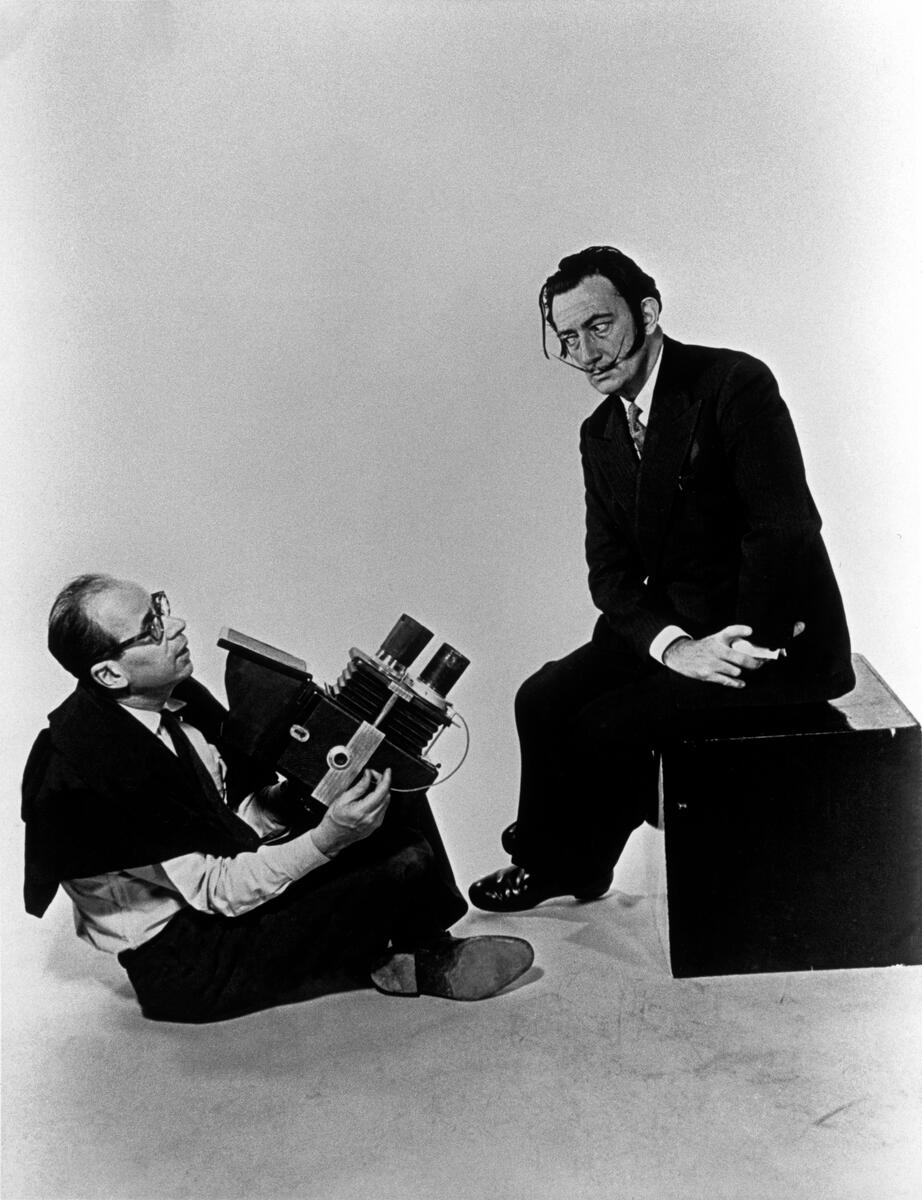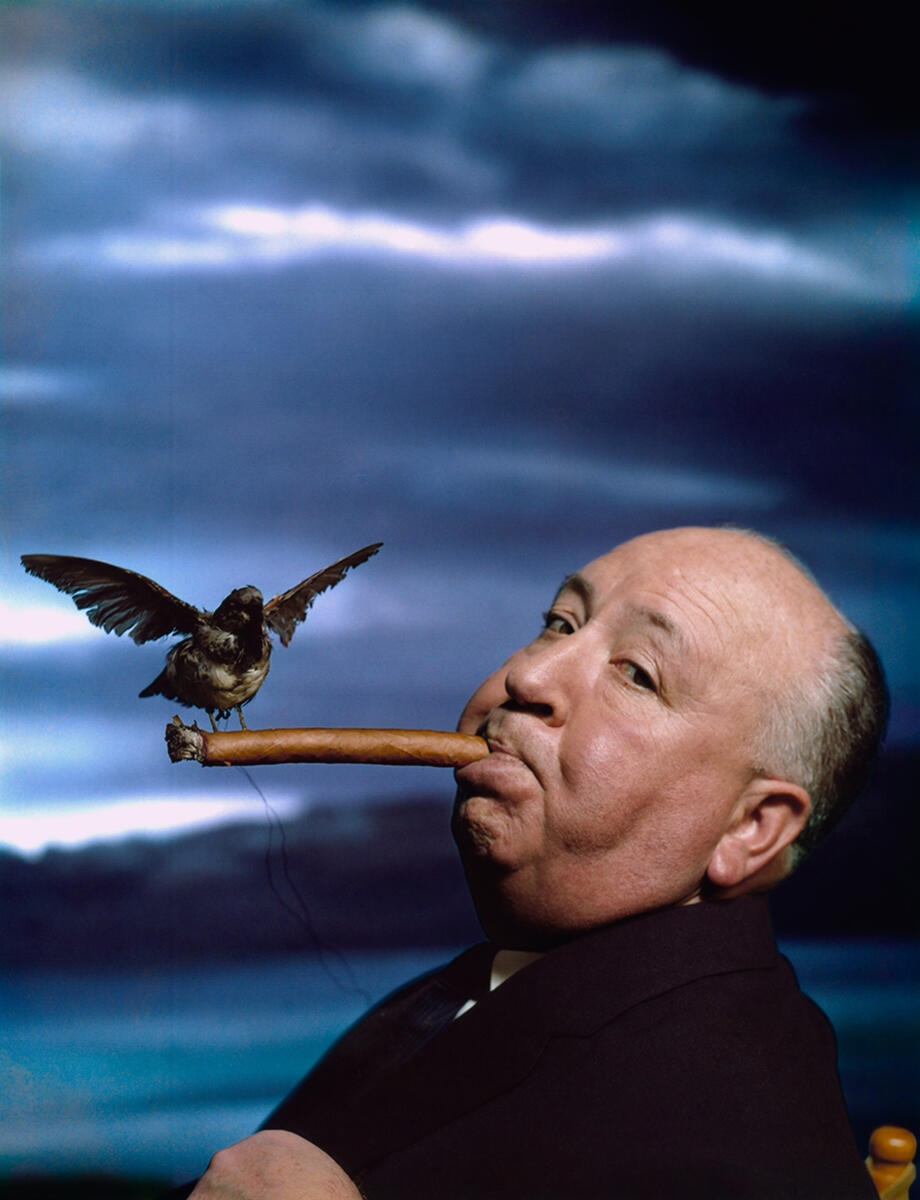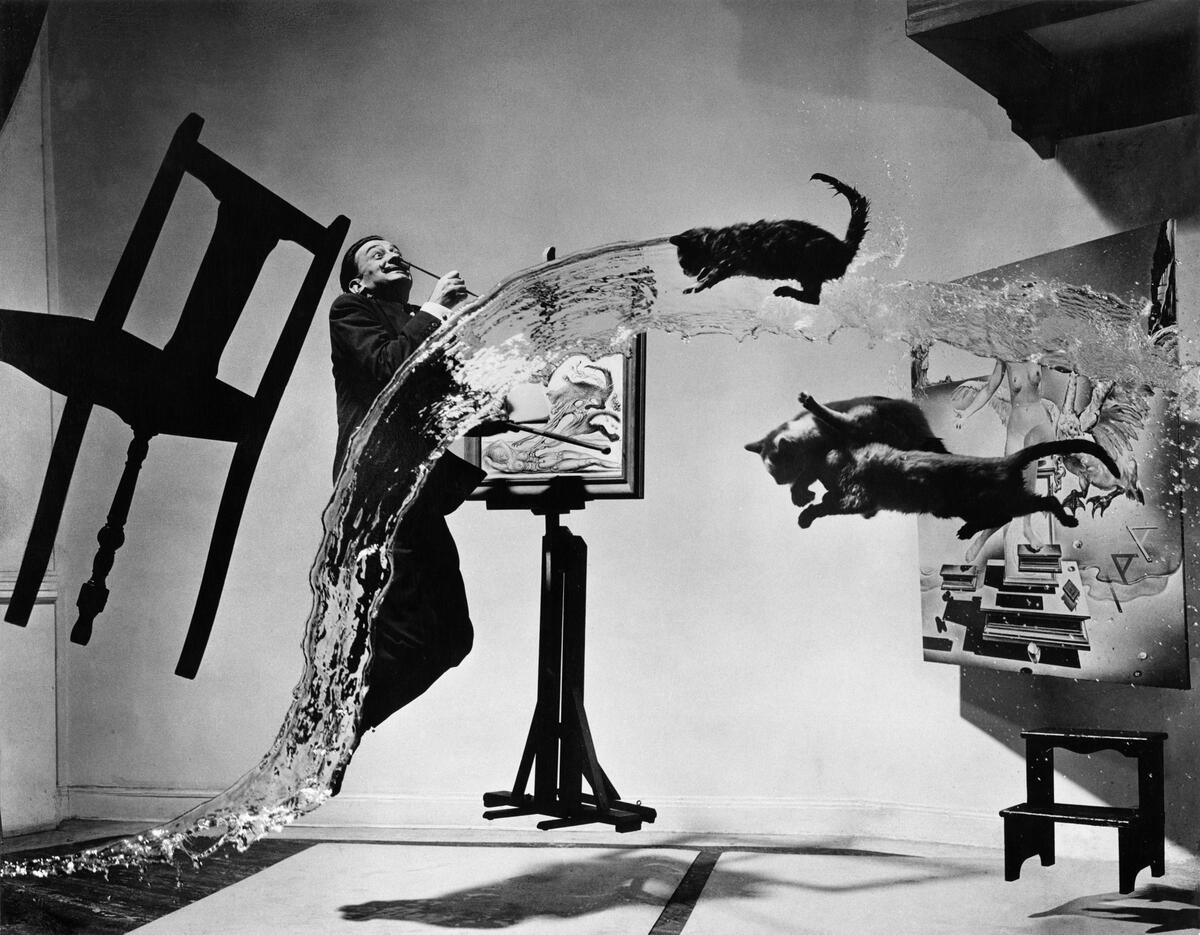A Creative Documentary Exploring the Life and Work of Philippe Halsman
Oliver Halsman Rosenberg, grandson of Philippe Halsman and archivist of his life work, is preparing the most in-depth documentary on the life and works of the photographer to date
“My grandfather died when I was four years old, but his wife Yvonne, my grandmother, was my best friend growing up,” writes Oliver Halsman Rosenberg, grandson of Philippe Halsman. “She passed away in 2006, and our family needed to move out from the Halsman studio. I realized this move would only happen once in my life, and I put my career on hold for two years to focus on archiving his life’s work. My grandparent’s darkroom became my bedroom, and I continued what I had started as a child, which was to open every envelope and look at each of his photographs and contact sheets.”
Almost two decades later, Halsman Rosenberg is still co-director and archivist of his grandfather’s estate. Over the past 18 years, on top of pursuing his own artistic practice (Halsman Rosenberg is a multi-disciplinary artist, writer, designer and technologist), he has designed, written and edited the book Unknown Halsman and organized museum exhibitions and tours around the world exploring, celebrating and sharing his grandfather’s legacy.
“After our most recent Halsman retrospective tour ended pre-pandemic, my mother said it was time to pick up the film project we began filming in the 1990s when I was a teenager,” he continues. And so, since 2019, Halsman Rosenberg has been shooting additional interviews and researching previously unknown parts of Halsman’s life.
“From being hunted by Hitler, to being saved by Albert Einstein via an emergency visa in the 1940s, to putting Marilyn Monroe on her first LIFE cover, Halsman’s story is the story of the 20th century (pre-WWII Europe to post-war American culture), both politically and creatively.” Halsman Rosenberg explains. “My grandfather wanted to move on from a painful chapter of his youth and never speak of it, so as a result, his incredible journey has remained hidden from the public until now.”
Combining archival interviews with Halsman from the 1940s to 1970s with lectures and classes given by the photographer during his lifetime, as well as an exclusive glimpse into his correspondences with notable personalities, the documentary is set to be the most in-depth documentary of Halsman’s life and work to date.
“My grandfather was focused on what he called psychological portraiture, where he tried to capture the depth of the soul of the subject, but no one ever took a psychological portrait of him, which is where this film comes in,” Halsman Rosenberg explains. “He was a fascinating human who had an incredible origin story, which impacted his creative choices — echoes of which lay hidden beneath the surface of his life’s work. He was one of the pioneers of what he called ‘constructed reality,’ which foreshadowed photoshop and AI. His impulse to make this type of work did not emerge from a vacuum, rather it was directly related to the trials of his youth.”
Philippe Halsman himself once said: “For me, photography can be dead serious or great fun! Trying to capture the elusive truth with a camera is often a frustrating toil. Trying to create an image that does not exist, except in one’s imagination, is often an elating game.” And it is in this spirit that Halsman Rosenberg has approached this documentary, bringing his grandfather’s own artistic approach to a modern, digital age. “It will be far from a typical ‘talking heads’ documentary,” he adds. “I have absorbed his wide-ranging styles my whole life. They inform and inspire my own art practice.”
“To paraphrase my grandfather’s advice to young photographers: it’s not about having the best equipment, rather it’s about the depth of experience that the person who is holding the camera has, which makes them sensitive enough to capture transcendental moments. I want to tell his story, not only because his talent deserves recognition, but because his spirit to survive and thrive after the experience of persecution in Europe is incredibly inspirational.”
For more information, click here.















